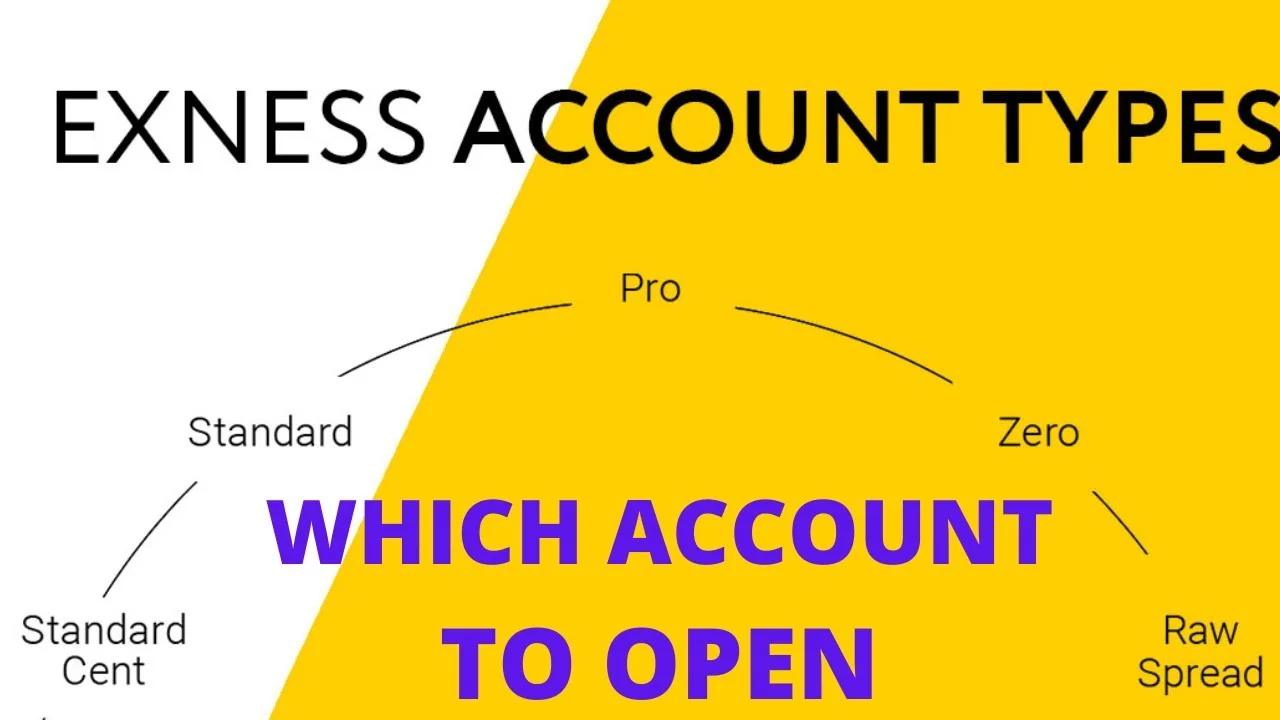Exness Raw vs Zero Spread Account Comparison
Choosing between Exness Raw and Zero Spread accounts can affect how much money you spend on trading. Both accounts have good conditions, but there are key differences. Traders need to know these differences clearly to pick the best account for their personal style, goals, and budget.
Differences Between Raw and Zero Spread Accounts
Exness offers two special account types: Raw and Zero Spread. They both have low costs, but the way they charge traders is different.
With a Raw account, spreads start very low—sometimes even at 0 pips. But these spreads can go up and down depending on the market. When markets are busy, spreads might widen slightly. Traders pay a fixed commission with every trade. Usually, this commission is about $3.50 per lot for opening and another $3.50 per lot for closing a trade.
The Zero Spread account always shows a spread of exactly 0 pips on major currency pairs. That means no difference between buying and selling prices. However, because spreads are always zero, the commission for trading is slightly higher—usually between $3.50 and $5 per lot each way.
| Feature | Raw Account | Zero Spread Account |
| Spread | From 0 pips, but can change | Always 0 pips (fixed) |
| Commission | About $3.50 per lot (lower) | $3.50–$5 per lot (higher) |
| Minimum Deposit | Around $200 | Around $200 |
| Best for | Traders who accept small spread changes | Traders who need fixed spreads |
Commission Structure for Each Account Type
Exness charges commissions differently depending on your account type. Let’s look clearly at these differences.
The Raw account has a fixed commission. When you open a trade, you pay about $3.50 per lot. You pay another $3.50 when you close it. That makes about $7 for each complete trade. Spreads are usually very low but can change slightly depending on market activity.
The Zero Spread account charges a bit higher commission because spreads are always zero. You typically pay between $3.50 and $5 per lot when opening a trade, and the same amount again when closing it. This means each complete trade costs between $7 and $10.
Here’s a clear summary:
- Raw account: $7 total commission per trade, spreads can change slightly.
- Zero Spread account: $7–$10 total commission per trade, spreads always at zero.
Pick the account that matches your trading style to keep your costs low.

Trading Conditions Comparison for Different Instruments
Trading conditions vary depending on what you trade—currencies, gold, indices, or crypto. Here’s a simple look at how these conditions compare in Raw and Zero Spread accounts.
Forex (currencies)
- Raw: Low spreads, but can go up slightly during busy market hours.
- Zero Spread: Always fixed at zero spreads for major currency pairs.
Gold (XAU/USD)
- Raw: Usually low spreads, but they can widen a little during market peaks.
- Zero Spread: Fixed zero spreads, meaning predictable entry and exit points.
Indices (NASDAQ, S&P 500)
- Raw: Low spreads, but can change during active trading times.
- Zero Spread: Zero spreads on popular indices, ideal for precise trading.
Crypto (Bitcoin, Ethereum)
- Raw: Spreads can change a lot when prices move fast.
- Zero Spread: Always zero spreads, providing clear trading conditions even during volatility.
Which Account Type is Better for Different Strategies?
When picking an account, think about how you trade. Different strategies work better with different accounts. Let’s see clearly which account fits each popular strategy.
- Scalping:
Scalpers trade many times in a short period. They look for small profits on each trade. Because scalpers need exact prices without surprises, the Zero Spread account works best. It has zero spreads all the time, so prices never change suddenly. The commission might be higher, but predictable pricing helps scalpers trade comfortably.
- Day Trading:
Day traders open and close trades within the same day, but they don’t trade as often as scalpers. They can handle small spread changes. The Raw account is good for them because it has lower commissions. Spreads can move slightly, but that’s usually not a big issue for day traders.
- Swing Trading:
Swing traders hold trades for days or even weeks. Small spread changes don’t matter much for them. The Raw account is a better choice here because it offers lower total costs due to lower commissions. Spreads matter less since swing traders aim for bigger profits over longer periods.

Cost Calculation Examples for Both Account Types
Here are simple examples to clearly show how trading costs differ between Raw and Zero Spread accounts. These examples help you see exactly what you’ll pay per trade.
Let’s use EUR/USD as an example. Assume you’re trading 1 lot.
Raw Account Example:
- Spread: around 0.1 pip (can change slightly)
- Commission: about $3.50 when opening + $3.50 when closing = $7 total
- Spread cost (0.1 pip): about $1
Total cost of one trade = $7 commission + $1 spread = $8 total
Zero Spread Account Example:
- Spread: always 0 pips (fixed)
- Commission: usually around $4.50 when opening + $4.50 when closing = $9 total
- Spread cost: $0 (always zero)
Total cost of one trade = $9 commission + $0 spread = $9 total
Here’s a simple comparison:
| Account Type | Commission Cost | Spread Cost | Total Cost per Trade |
| Raw | $7 | about $1 | $8 |
| Zero Spread | $9 | $0 | $9 |
As you can see clearly, the Raw account is slightly cheaper per trade. But the Zero Spread account offers stable prices at a slightly higher total cost. Choose based on what matters most to your trading style.
Frequently Asked Questions (FAQs)
What is the main difference between Raw and Zero Spread accounts?
The main difference is in spreads and commissions. The Raw account has very low spreads that can change slightly during the day. The Zero Spread account always has spreads fixed at zero but charges higher commissions.
Which account type has lower trading costs?
Usually, the Raw account is cheaper. Even though spreads can change slightly, the lower commission makes the total cost per trade less than the Zero Spread account.
Is there a minimum deposit requirement for Raw or Zero Spread accounts?
Yes, both accounts require a minimum deposit of around $200. The minimum is the same for both account types.
Which account is better for scalping?
The Zero Spread account is better for scalping. Scalpers trade frequently and need exact prices without changes. Zero spreads make pricing predictable, even though commissions are slightly higher.
You may also be interested in:
